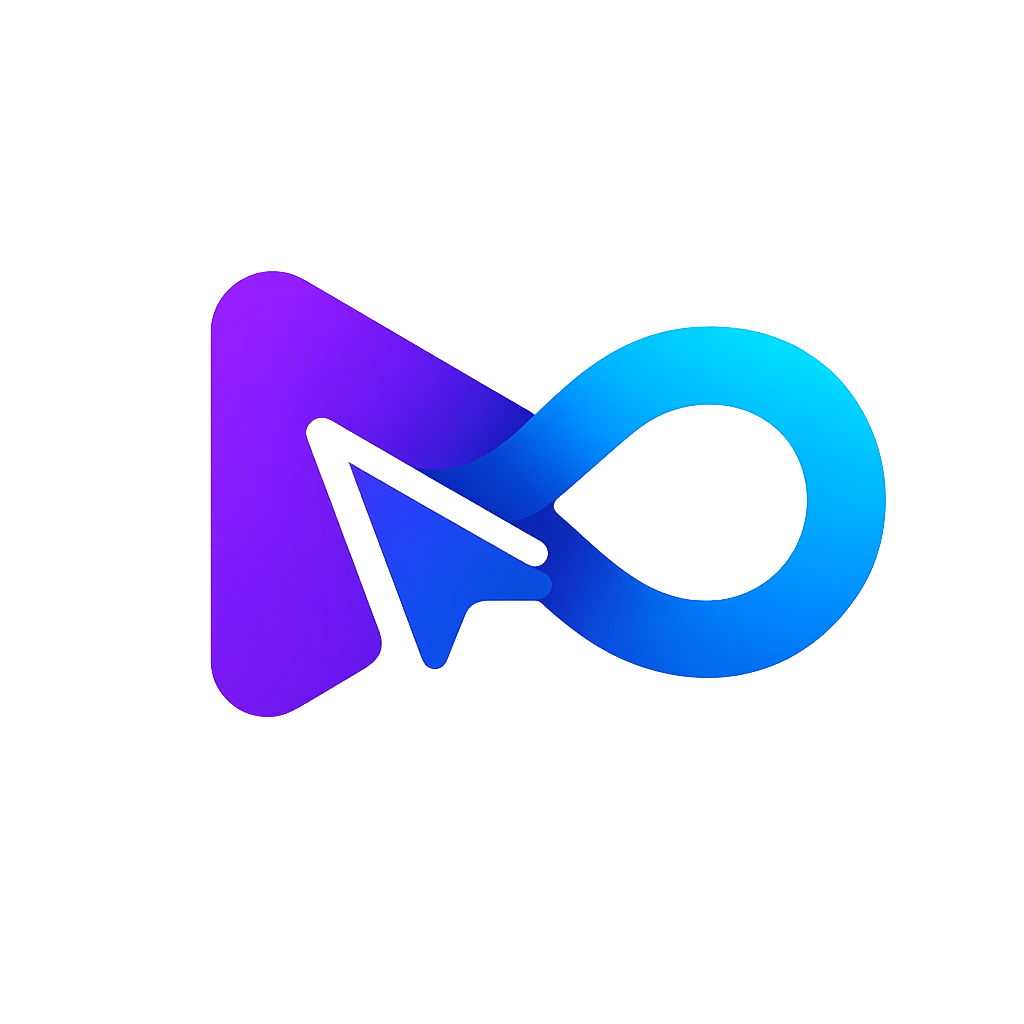AI 3d Object And Scene Generator

What is Dreamfusion 3D?
Dreamfusion3d.github.io serves as the official website for DreamFusion, a noteworthy text-to-3D model designed to create realistic and diverse 3D scenes based on natural language descriptions. The technology behind DreamFusion employs a 2D diffusion model to generate images, which are then transformed into 3D representations using a neural radiance field (NeRF) framework. The development of DreamFusion is the result of collaborative research efforts from a team of experts specializing in computer vision and natural language processing, hailing from various institutions. For comprehensive details regarding DreamFusion, including access to the research paper, source code, live demonstrations, and a gallery showcasing its capabilities, you can visit their website.
How does Dreamfusion 3D work?
Dreamfusion3d.github.io is the official website dedicated to showcasing DreamFusion, an advanced text-to-3D model with the ability to produce realistic and diverse 3D scenes based on natural language descriptions. The website provides an insightful breakdown of DreamFusion's functioning in four distinct steps:
- Image Generation: DreamFusion initiates the process by employing a 2D diffusion model, which generates images that are conditioned on textual input. This diffusion model is trained on a substantial dataset comprising images and corresponding captions.
- 3D Rendering: Subsequently, DreamFusion transforms the generated images into 3D representations. This transformation is accomplished through the utilization of a neural radiance field (NeRF) framework. NeRF is a cutting-edge technique that models 3D scenes as continuous functions mapping 3D coordinates to colors and densities.
- Parameter Optimization: To ensure alignment between the NeRF-generated 3D scene and the initial images, DreamFusion optimizes the NeRF parameters. This optimization process incorporates a multi-resolution grid encoder and a ray marching algorithm, facilitating the accurate fit of the generated images to the NeRF-based 3D scene.
- Interactive User Experience: DreamFusion offers an interactive user interface, allowing users to engage with the 3D scene. This interaction encompasses the capability to manipulate the viewpoint, lighting, and background settings, enhancing the overall user experience.
For a comprehensive understanding of DreamFusion, including access to their research paper, source code, live demonstrations, and an extensive gallery showcasing its capabilities, you can visit their website.
How much does Dreamfusion 3D cost?
Dreamfusion3d.github.io is a freely accessible website dedicated to showcasing the capabilities of DreamFusion, a text-to-3D model renowned for its ability to produce lifelike and diverse 3D scenes based on natural language descriptions. The website serves as a hub where you can conveniently access a range of resources:
- Research Paper: You can find detailed information about DreamFusion, its underlying methodologies, and research insights on their website.
- Source Code: DreamFusion provides access to its source code, enabling users to delve into the technical intricacies and potentially customize the model for their specific needs.
- Live Demo: The website hosts a live demonstration, allowing users to experience DreamFusion in action and witness its capabilities firsthand.
- Gallery: A gallery section is available for users to explore various 3D scenes generated by DreamFusion, offering a visual representation of its versatility and potential applications.
Furthermore, DreamFusion is a research project, and as such, it is not a commercial product, meaning there are no associated costs for utilizing the model itself. However, it's important to note that while DreamFusion's core functionality is free, users may incur expenses related to cloud computing resources if they choose to run the provided code or notebooks independently.
In summary, DreamFusion's website offers a comprehensive platform for users to access information, resources, and practical demonstrations of this text-to-3D model, with the understanding that cloud computing expenses may be incurred for those who opt to run the code or notebooks autonomously.
What are the benefits of Dreamfusion 3D?
Dreamfusion3d.github.io is a website that serves as a platform to showcase the capabilities of DreamFusion, a text-to-3D model renowned for its ability to generate immersive and varied 3D scenes based on natural language descriptions. The advantages of DreamFusion encompass the following key points:
- Versatile Applications: DreamFusion's core functionality lies in its capacity to transform textual prompts into 3D models. This versatility makes it applicable across a spectrum of fields, including education, entertainment, art, and design, where the creation of 3D content from text inputs can be highly valuable.
- Enhanced Realism: DreamFusion excels in producing 3D scenes with exceptional quality in terms of surface geometry, normals, depth, and lighting. This elevated level of detail significantly enhances the realism and interactivity of the generated 3D models.
- Consistency and Coherence: DreamFusion stands out for its ability to maintain visual consistency and coherence across various viewpoints. This consistency enhances the overall visual quality and user experience, ensuring that the 3D scenes appear seamless from different angles.
- Leveraging Large Datasets: DreamFusion draws upon a substantial dataset comprising images and captions. This extensive dataset serves as the foundation for generating 2D images conditioned on text inputs. Leveraging this dataset enhances the diversity and creativity of the generated 3D models.
- Neural Radiance Field (NeRF) Rendering: DreamFusion employs a neural radiance field (NeRF) framework to render 2D images into 3D representations. This approach enables swift and efficient rendering of the 3D models, contributing to a seamless user experience.
- Optimized Parameters: To ensure fidelity and precision, DreamFusion optimizes the NeRF parameters, aligning them with the generated images. This optimization process plays a crucial role in enhancing the accuracy of the resulting 3D models.
- Interactive User Experience: DreamFusion goes beyond static 3D modeling by allowing users to interact with the scenes. Users can dynamically adjust viewpoints, lighting, and backgrounds, adding an element of engagement and flexibility to the generated 3D models.
In summary, DreamFusion is a potent tool that excels in transforming text descriptions into immersive 3D scenes, offering applications across various domains. Its hallmark features include realism, consistency, dataset utilization, NeRF rendering, parameter optimization, and an interactive user interface, collectively making it a valuable asset for those seeking to harness the power of text-to-3D modeling.
What are the limitations of Dreamfusion 3D?
Dreamfusion3d.github.io is a website that serves as a platform to exhibit the capabilities of DreamFusion, a text-to-3D model renowned for its ability to generate diverse and realistic 3D scenes based on natural language descriptions. However, it's important to acknowledge that DreamFusion, like any technology, comes with its set of limitations:
- Work-in-Progress: DreamFusion is an ongoing project and has undergone modifications since its original paper. As a result, the current generation quality may not match the results presented in the original paper, and certain text prompts may yield suboptimal outcomes.
- Reliance on Stable Diffusion: DreamFusion relies on a pre-trained text-to-image model known as Stable Diffusion. While this model is effective, it may not capture the complete semantics and intricate details of text prompts. Additionally, Stable Diffusion being a latent diffusion model introduces additional time costs in both training and inference.
- Neural Radiance Field (NeRF) Challenges: The utilization of a NeRF backbone in DreamFusion can pose challenges. NeRF may encounter the multi-face Janus problem, where the model generates multiple inconsistent faces for the same object. Furthermore, NeRF's requirement for numerous optimization steps to align with generated images may impact the accuracy and fidelity of the 3D scenes.
- Limited Export Options: DreamFusion lacks support for mesh exportation and texture mapping, which could potentially limit the versatility and applicability of the 3D models it produces.
- Resource Requirements: To operate DreamFusion's code or notebooks, users may need access to cloud computing resources or GPU acceleration, which could incur costs for the user.
In summary, while DreamFusion exhibits remarkable capabilities in text-to-3D scene generation, it's essential to be aware of its current limitations, including quality variations, reliance on Stable Diffusion, challenges associated with NeRF, limited export options, and potential resource costs. These considerations should be factored into any decision to utilize the tool."
What is DreamFusion and how does it work?
DreamFusion is a cutting-edge tool developed by researchers from Google Research and UC Berkeley that transforms text descriptions into high-quality 3D models. It works by leveraging pretrained 2D text-to-image diffusion models, such as Imagen. Given a text caption, DreamFusion uses a loss based on probability density distillation to optimize a randomly-initialized 3D model using a technique akin to gradient descent. This results in 3D models that can be viewed from any angle, relit under various lighting conditions, and integrated into different 3D environments—all without requiring any 3D training data.
What are the main features of DreamFusion?
DreamFusion offers several distinctive features that make it unique and powerful:
- Text-to-3D Synthesis: It can create 3D models from textual descriptions, leveraging a pretrained 2D image diffusion model.
- Neural Radiance Fields (NeRFs): Objects are represented as NeRFs, enabling high-fidelity appearances, depth, and normals.
- Relightability and Composability: Generated 3D models can be viewed from any angle, relit by arbitrary illumination, and composited into various 3D environments.
- Mesh Export: NeRF models can be exported to meshes using the marching cubes algorithm for easy integration into 3D renderers or modeling software.
- Interactive Gallery: Users can explore hundreds of generated assets in a full gallery to see various examples of the tool's capabilities.
Can I try DreamFusion myself?
Yes, users can generate 3D models from text descriptions themselves using DreamFusion. The project offers a live demonstration where users can input their own captions and see corresponding 3D models generated. This interactive experience allows users to better understand the capabilities and versatility of DreamFusion. Additionally, users can explore a comprehensive gallery of generated objects to get a sense of the range and quality of the 3D models that can be created.



.webp)

























